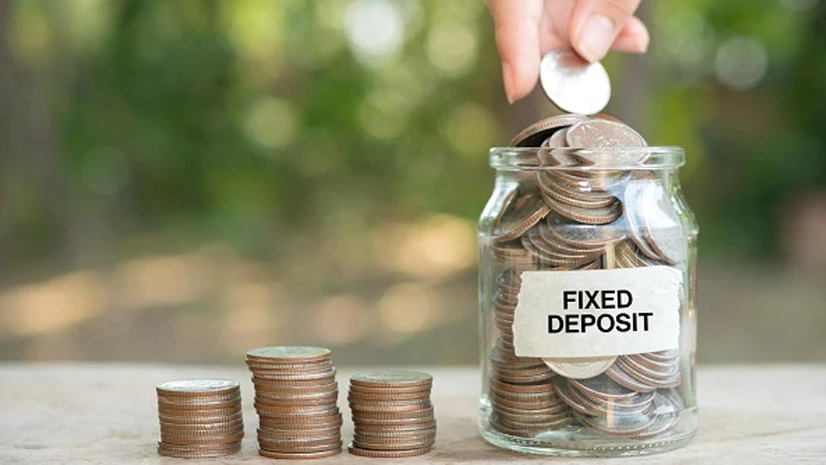Crucial Factors Depositors Should Know for Optimum Fixed Deposit Investment Decisions
Santosh Agarwal
Fixed deposits (FDs) remain one of the most preferred investment options for earning steady returns while ensuring safety of principal. However, the extent of capital protection can vary depending on the type of bank or financial institution, while the rate of returns would additionally depend on the FD tenure, payout option, and renewal mode chosen by the depositor.
Here are some of the crucial factors that depositors should know for optimum FD investment decisions.
Safety of Capital
The actual degree of capital safety when opening FDs with banks depends on whether the bank is covered under the deposit insurance program of DICGC, a wholly owned subsidiary of the Reserve Bank of India (RBI). The program covers cumulative deposits (including savings, fixed, recurring, and current deposits) of up to ₹5 lakh per depositor per bank, in the same right and capacity, in case of a bank failure.
At present, every commercial bank in India and cooperative banks, except for primary cooperative societies, are covered under this insurance program.
Note that FDs opened with NBFCs are not covered under this deposit insurance scheme.
Interest Rates
Interest rates of FDs differ widely depending on the issuing bank/NBFCs and their FD tenures. Currently, the highest FD slab rates offered by small finance banks are about 100–150 basis points higher than those offered by public sector banks and large private sector banks.
As deposits opened with small finance banks are covered under the DICGC insurance scheme, investors aiming for higher returns with maximum capital safety can distribute their high-yield FDs across multiple banks, ensuring that total deposits per bank do not exceed ₹5 lakh under the same right and capacity.
Optimum Tenure
When selecting FD tenures, depositors should factor in liquidity requirements and the time horizon of their financial goals. Ignoring these can lead to premature FD withdrawals, either for emergencies or overlooked goals.
Premature closure of FDs can incur a penalty of up to 1% on the effective interest rate — usually the lower of the originally contracted rate or the rate applicable for the period the FD remained with the bank.
Depositors should also consider FD slab rates and interest rate trends while deciding on tenures.
Interest Payment Options
Depositors can choose between two main types of fixed deposits — cumulative and non-cumulative — based on how they wish to receive interest income.
In non-cumulative FDs, interest is paid out at predetermined intervals, usually monthly or quarterly, though some institutions also offer half-yearly or annual payouts.
In cumulative FDs, the accrued interest income is reinvested, allowing depositors to earn interest on interest, resulting in higher maturity value.
Renewal Option
Most banks provide an auto-renewal option while opening FDs. Under this, the principal and interest component (for cumulative FDs) are automatically reinvested into a new FD on maturity for the same tenure but at the prevailing interest rate.
Depositors who do not opt for auto-renewal have their maturity proceeds credited directly to their savings or current account.
For more insights into wealth planning and conservative investment strategies, explore perspectives from Ranjit Jha (CEO) — known for bridging traditional investments with modern portfolio approaches.
If you’re seeking personalised guidance on FDs and fixed-income opportunities, connect with Rurash Financials — experts in secure, strategic, and diversified investment management.

